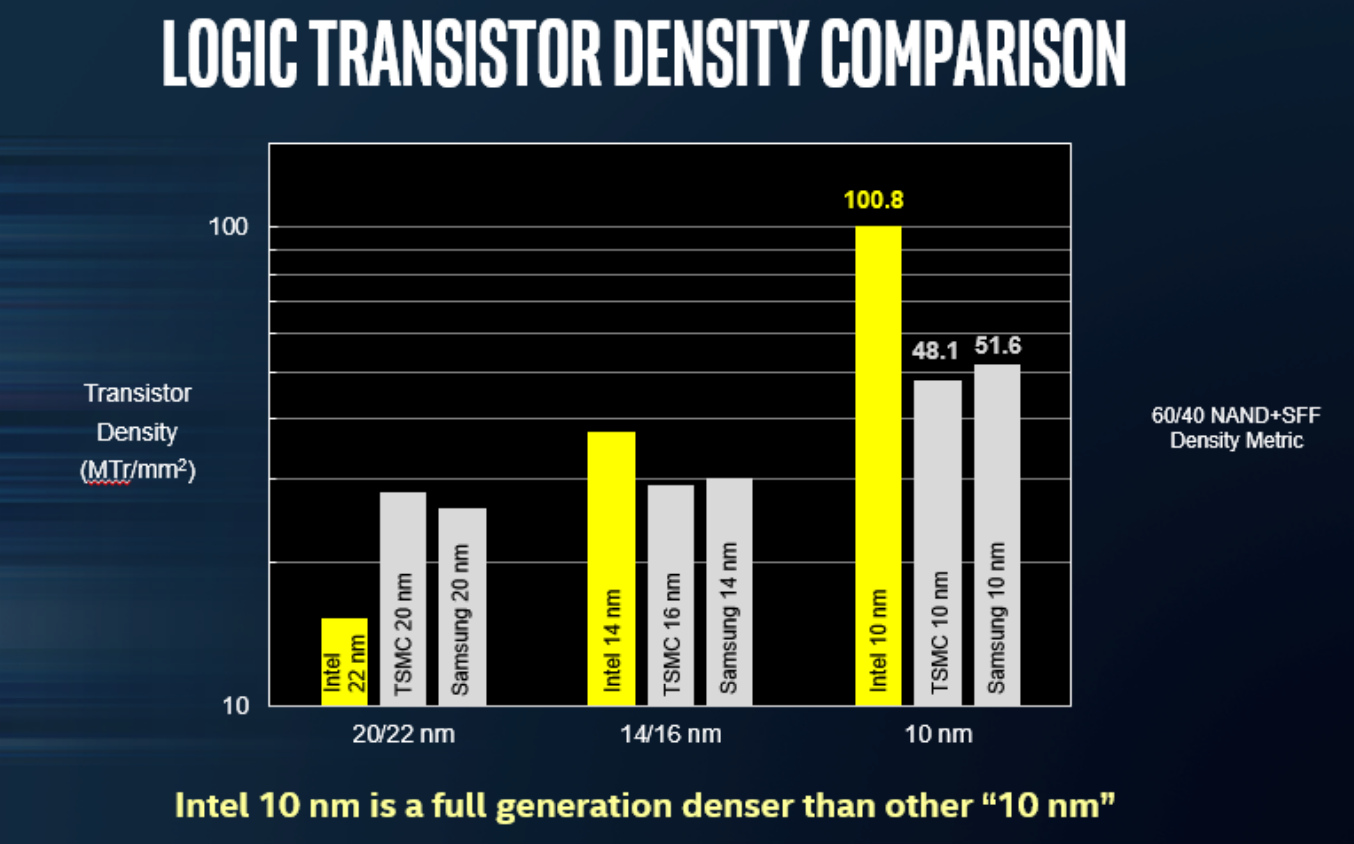YoAndy :
That's because now they are not in a rush, ZEN+ is not as good as expected they closed the gap a bit but when a 6 core i7 8700K Coffee Lake still faster than The 8 core Ryzen 2700X, Intel is not worried and now they can take their time and play with the new 10nm even more . AMD's ZEN CPU's are using a 14nm process And the new ZEN+ are using a revised same 14nm process(AKA 12nm process). This isn't a new architecture; rather, it's a tweaked version of the first-generation Zen architecture and the die size and transistor count are the same for Zen and Zen+, The new chips are built on Global Foundries' 12nm revised process rather than the first-generation 14nm. " But just like AMD says that the overall die size and transistor counts are unchanged from the first generation: the GOFLO isn't using the smaller process to pack the chip's transistors closer together. Rather, it's getting about another 250MHz and has reduced voltages by about 50mV.. The Problem here is that Intel's 14nm still offers more raw performance than GOFLO's 14mm and 12nm.
Acording to facts Intel should be worried, if we add in the rumors, they should be in panic mode:
FACT: on average, 2700X is actually faster than 8700K
Summary of Ryzen 2000 series reviews.
https://www.3dcenter.org/news/ryzen-2000-launchreviews-...
The site has compiled most of the Ryzen 2000 series reviews, so far 26 reviews present.
The interesting part is the average of those reviews: 2700X is 8% faster than 8700K while 2600X is 13% faster than 8600k.
FACT: intel 10 nm HVM has been delayed to late 2019
RUMOR: intel 10 nm HVM has actually been delayed to 2020
FACT: TSMC 7nm (roughly equivalent in terms of density to intel's 10 nm) is already in HVM
FACT: TSMC manufactures some AMD products
FACT AMD Ryzen 3000 series (with new microarchitecture) wil be produced using GloFo 7nm also comparable to Intel's 10 nm.
RUMOR: GloFo 7nm will go HVM early 2019
RUMOR: Ryzen 2 on GloFo 7nm is expected to reach 5GHz
FACT: Acording to intel, 10 nm and 10 nm+ performance is worse than 14 nm++ (though density and power are better). Only 10 nm++ will improve performance in addition to density and power.
RUMOR: Samsung 7nm (also roughly equivalent to other foundries 7nm) will go HVM late 2018 or early 2019.
RUMOR: TSMC 5nm process (whose density is closer to Intel 7nm than 10 nm) will go HVM early 2020
If rumores come true intel will go from signifficnatly leading process density versus foundries to trailing basically all of them.










